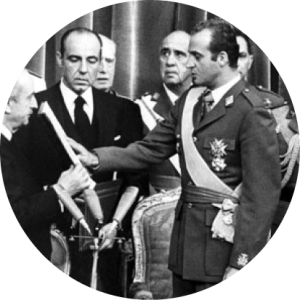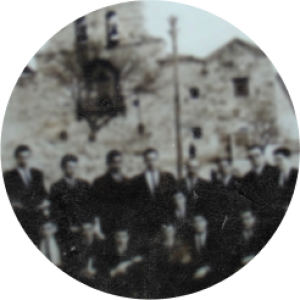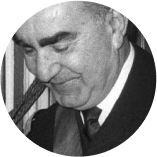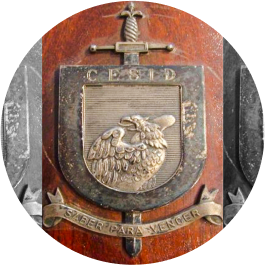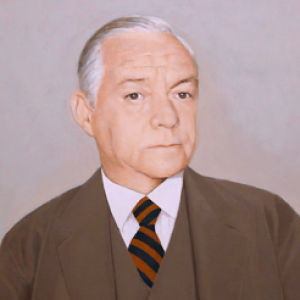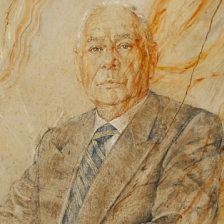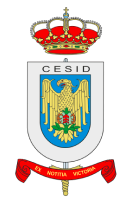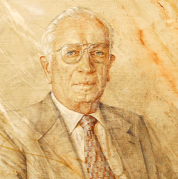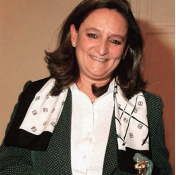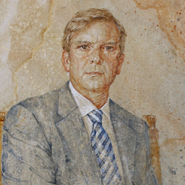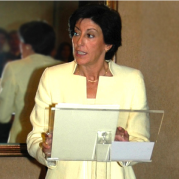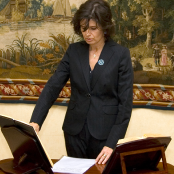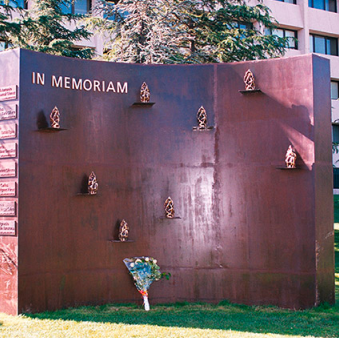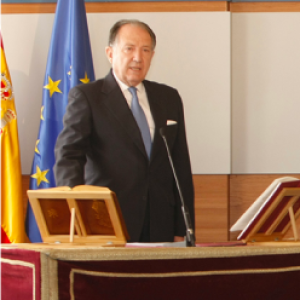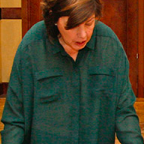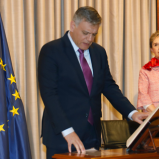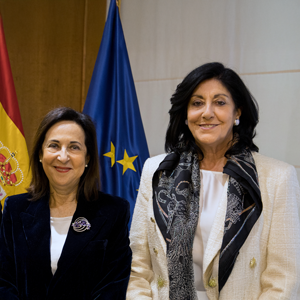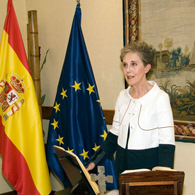About the CNI
Our
History
The history of the Secret Services is as old as history itself. The need to collect information in order to understand reality or defeat the enemy has existed since the dawn of time.
Information Services have been used in every war to know the tactical plans of the enemy in advance. In the 15th century, the different Italian States laid the foundations for the current Intelligence Services, which were closely linked to the diplomatic corps at the time. However, it was not until the interwar period, and especially after World War II, that Intelligence Services experienced an exponential growth. As a result, Intelligence Services became more prevalent in other aspects of society and ceased to be exclusively military in nature.
As for Spain, Intelligence has played a decisive role in many historic events, namely the Spanish War of Independence, the Carlist Wars, the Overseas Wars and the Moroccan War, although there was no continuity in time.
The beginnings
- Isabella the Catholic
- Charles I of Spain (Charles V)
- Philip II
- Juan Velázquez de Velasco
- Francisco de Quevedo
- Marquis de la Ensenada
- Jorge Juan (Mr Josues)

Isabella the Catholic
Isabella I of Castile (also known as Isabella the Catholic) was a key figure in Spanish history during the late 15th and early 16th centuries.
During her regency, she faced numerous challenges that she overcame by establishing a network of spies and Intelligence Services, using secret agents and diplomats to collect information on political intrigues, conspiracies and the enemies of the crown.
She also used secret codes and encryption techniques to protect confidential communications between her agents and generals on the battlefield. She leveraged her diplomatic skill to forge strategic alliances and obtain information from foreign sources.
15th century

Charles I of Spain (Charles V)
He was one of the most powerful monarchs of his time. Son of Philip the Handsome and Joanna I of Castile
, he inherited a vast empire that included Spain, the Netherlands, parts of Italy and territories in America.
This monarch recognised the importance of having strategic information to tackle political and military challenges and to maintain his dominance over such a huge and diverse empire.
At the time, Intelligence Services were rudimentary but effective, with various espionage and diplomatic networks that collected information on the movements of other powers, internal political intrigues and potential uprisings.
Charles I employed several methods to collect information, which included using secret agents, intercepting correspondence and using diplomats as spies.
16th century

Philip II


During the rule of Philip II, Spain had the most advanced espionage Services of its time. His vast network of spies was key in cementing Spain’s status as a hegemonic power. No other nation devoted so many human and material resources to Intelligence.
Carnier, C, (2005), Espías de Felipe II. Madrid: La Esfera De Los Libros

Juan Velázquez de Velasco
Juan Velázquez de Velasco, who became the head of the secret services in 1598, shared with Philip III his desire to centralise all the information collected by the spies under his command, with the aim of creating useful reports for high-level decision-making.
Velázquez’s proposal was so successful that he was named “Spymaster”, a position that can be considered as a distant precursor of the current Secretary of State Director of the CNI.
16th century

Francisco de Quevedo
Francisco de Quevedo is widely known as one of the most prominent writers of the Spanish Golden Age, but he also had an intriguing relationship with Intelligence Services, playing an important role in the world of politics and espionage of 17th century Spain.
Quevedo was involved in political and diplomatic activities, and is believed to have worked as a spy for the Count-Duke of Olivares, the mighty royal favourite (valido) of King Philip IV of Spain.
His relationship with Intelligence Services is clearly reflected in his correspondence and involvement in political intrigues of that period. During his time as a spy, he is credited with drafting numerous reports and uncovering several conspiracies.
However, he was imprisoned multiple times because of his disputes with influential court figures and his own political ambitions. Still, Quevedo left a lasting legacy in literature as well as in politics and the work of Intelligence Services.
17th century

Marquis de la Ensenada
Zenón de Somodevilla and Bengoechea, Marquis de la Ensenada, was Minister under Ferdinand VI. His main goal was to strengthen the naval position of Spain and undermine the British influence in the Atlantic, which he believed was crucial for the country’s safety and standing.
To that end, he set up an intricate network of spies across Europe’s main capitals. Among his work, it is worth highlighting the mission led by the sailor Jorge Juan, who collected secret information on British shipbuilding techniques that was essential in modernising and strengthening the Spanish fleet.
Ensenada’s network of spies was key in collecting strategic Intelligence on the plans and movements of other maritime powers, which allowed Spain to make informed decisions in foreign policy and defence.
18th century

Jorge Juan (Mr Josues)
Jorge Juan y Santacilia was a remarkable 18th-century Spanish scientist, mathematician and sailor, known for his outstanding work in various intellectual fields, but most of all for his contributions to shipbuilding.
Jorge Juan y Santacilia helped improve the design of Spanish warships, leading an espionage mission against the British Navy and collecting secret information on English shipbuilding techniques.
Although the British eventually found out, his mission was a success and Jorge Juan managed to return to Spain with valuable information and more than fifty maritime experts recruited clandestinely. This success provoked the wrath of the British, triggering a series of political events that led to the dishonourable dismissal of the Spanish Minister in charge of the mission.
Jorge Juan’s legacy contributed to Spain’s naval rearmament, serving as a great example of the importance of espionage in the international affairs of the 18th century.
18th century


